Dry mortar classification& main features, chemical addtives
Author:ANT CONSTRUCTIONS Comefrom: Createdate:2021/4/12 16:00:05 Hits:125
Dry mortar classification& main features, chemical addtives
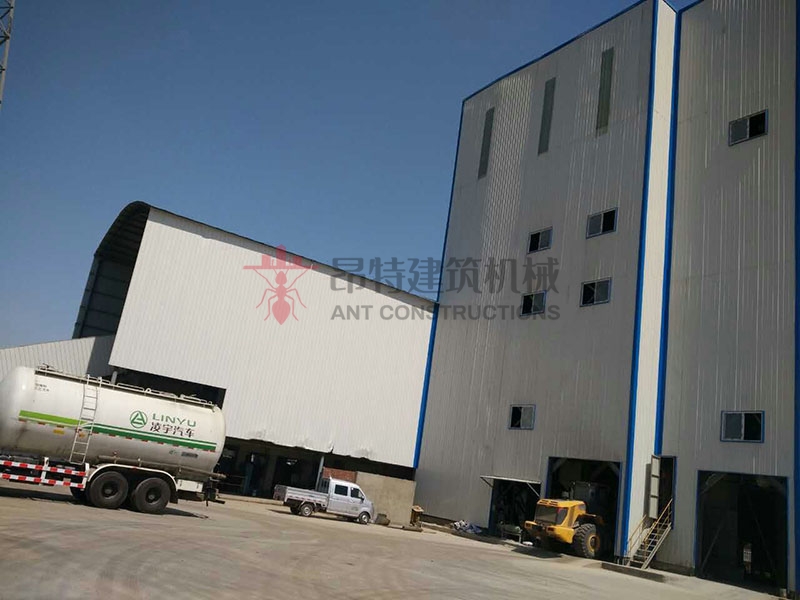
Classification and introduction of different dry mortar
Dry Mortar is mainly divided into two categories: ordinary dry mortar and special functin dry mortar.
1. ordinary dry powder mortar
A. Dry powder masonry mortar: dry powder mortar used in masonry engineering.
B. Dry powder plastering mortar: dry powder mortar used for plastering projects.
C. Dry powder ground mortar: dry powder mortar used for the surface layer or leveling layer of building ground and roof.
2. Special function dry powder mortar
Special function dry mortar is thin-layer dry mortar, decorative dry mortar or dry mortar with a series of special functions such as crack resistance, high adhesion, waterproof and impermeable and decorative. It includes inorganic thermal insulation mortar, anti-cracking mortar, plastering mortar, wall tile adhesive, interface agent, caulking agent, colored decorative mortar, grouting mortar, waterproof mortar, etc.
Basic performance characteristics of different mortars
1. Vitrified bead inorganic thermal insulation mortar
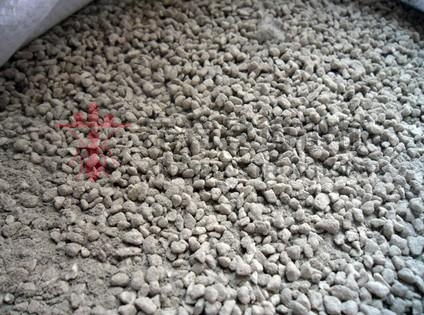
It is a mixture of hollow vitrified microspheres (mainly for heat insulation) as lightweight aggregate, cement, sand and other aggregates and various additives in a certain proportion and then mixed evenly. It belongs a new type of inorganic thermal insulation mortar material used for the internal and external thermal insulation walls. Vitrified microbead thermal insulation mortar has excellent thermal insulation performance, fire resistance and aging resistance, no hollow cracking, high strength, and can be used on-site construction directly by adding water. Due to market competition, for the purpose of reducing costs and expanding sales, there are also some companies on the market that use light aggregates such as expanded perlite particles as heat insulation materials. The quality of perlite thermal insulaiton mortar is not good as real vitrified microbead insulation mortar.
2. Anti-cracking mortar,

It is a mortar made of a certain proportion of anti-cracking agent, cement and sand made of polymer emulsion admixtures, which can meet certain deformation without cracking. It solves a major problem that has always plagued the construction industry-the problem of light-body insulation layer cracking. It is a high-quality environmentally friendly material with high tensile strength, easy construction and freezing resistance.
3. Plastering mortar,
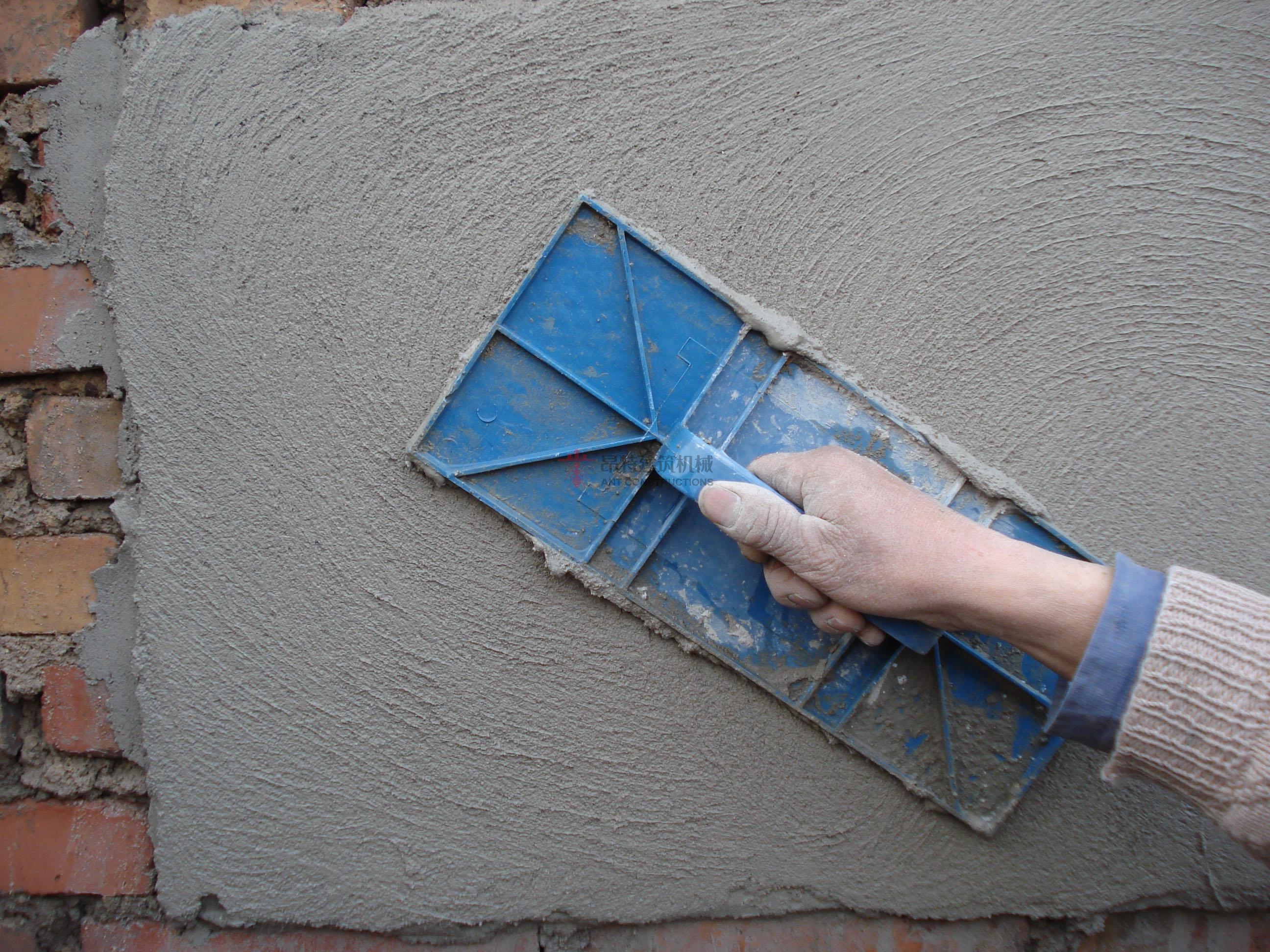
Any mortar applied to the surface of a building or building component is collectively called as plastering mortar. According to the different functions of the plastering mortar, it can be divided into ordinary plastering mortar, decorative sand and plastering mortar with some special functions (such as waterproof mortar, thermal insulation mortar, sound-absorbing mortar and acid-resistant mortar, etc.). The plastering mortar is required to have good workability, and it is easy to plaster into a uniform and even thin layer, which is convenient for construction. It should also have a high bonding strength, the mortar layer should be able to bond firmly to the bottom surface without cracking or falling off for a long time. Places in a humid environment or vulnerable to external forces (such as the ground and wall skirts, etc.) should also have high water resistance and strength.
4. Tile Adhesive-

Tile glue or tile mortar, tile adhesive is also known as tile mortar or tile glue. This material is made of cement, quartz sand, polymer and a variety of additives that are uniformly mixed by dry mortar production machinery. Tile adhesive is mainly used to bond wall and floor ceramic tiles, it is also known as polymer tile bonding mortar. It completely solved the problem that there is no high-quality special bonding material for fixing ceramic tiles, floor tiles and other materials.
5. Gap filler,
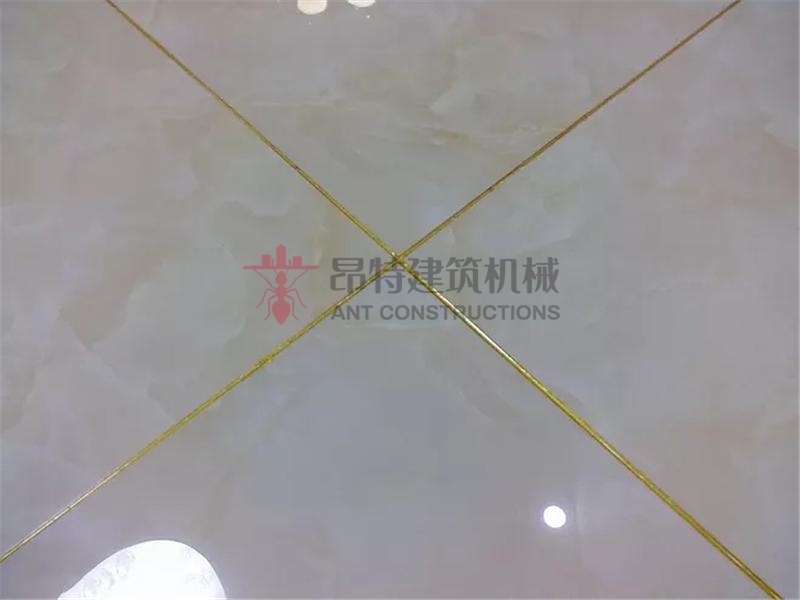
Ceramic tile gap filler is precisely compounded by advanced production technology using fine quartz sand, high-quality cement, pigments, additives, etc., which makes the color more bright ,time lasting and harmonizes with the wall tiles. It is anti-seepage, anti-cracking, and anti-cracking properties. The perfect combination of mildew and anti-reflow alkali.
6. Grout,
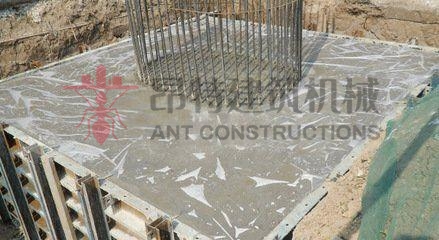
Grout is formulated with high-strength material as aggregate, cement as binding agent, and supplemented by high fluidity, micro-expansion, anti-segregation and other substances. Add a certain amount of water to the grouting material at the construction site and mix it evenly before use. The grouting material has the characteristics of good self-flowing, fast hardening, early strength, high strength, no shrinkage, micro expansion; non-toxic, harmless, non-aging, non-polluting to water quality and environment, good self-tightness, anti-rust and other characteristics. In construction project, it has the advantages of reliable quality, lower cost, short construction period and convenient to use.
7. Squeezing agent,
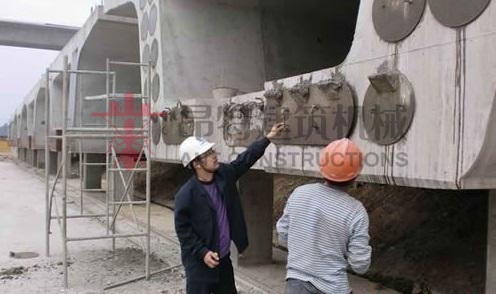
Squeezing agent is refined from high-performance plasticizers, surfactants, silica-calcium micro-expansion agents, hydration heat inhibitors, migration rust inhibitors, nano-grade mineral silica-alumina-calcium iron powder, and stabilizers or it can be refined and compounded with low-alkali and low-heat portland cement. It has micro expansion, no shrinkage, large flow, self-compacting, very low bleeding rate, high filling degree, thin air bag foam layer, small diameter, high strength, rust resistance, low alkali and chlorine free, high adhesion such as these excellent performance.
8. Decorative Morta &Colorful Facing Mortar
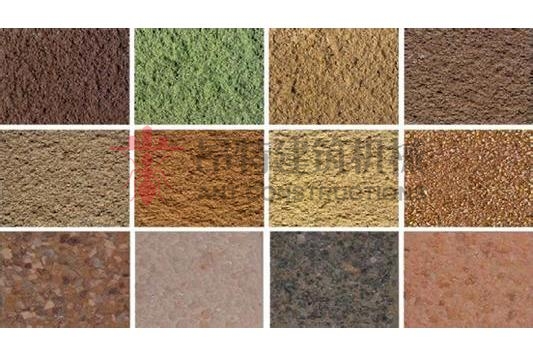
Colored decorative mortar is a new type of inorganic powdery decorative material, which has been widely used in the interior and exterior wall decoration of buildings in developed countries instead of paint and ceramic tiles. Colored decorative mortar is made of polymer materials as the main additives, with high-quality mineral aggregates, fillers and natural mineral pigments. The thickness of the coating is generally between 1.5 and 2.5 mm, while the thickness of the ordinary latex paint is only 0.1 mm, so an excellent texture and three-dimensional decorative effect can be obtained.
9. Waterproof mortar
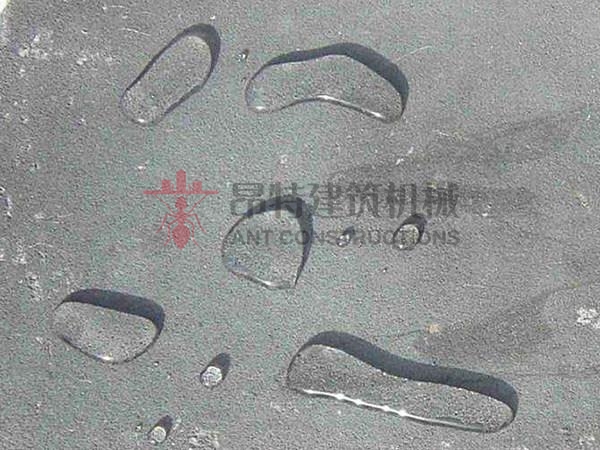
Waterproof mortar is a mortar with a certain impermeability that is made by mixing cement and fine aggregate as the main material, using high molecular polymer as the modified material, and mixing according to the appropriate ratio. Guangdong is now compulsory promotion, and the country's market will gradually grow.
10. ordinary Mortar
It is made by mixing inorganic cementitious material, fine aggregate and water in proportion, also called mortar. Used in masonry and plastering projects, it can be divided into masonry mortar, plastering mortar and ground mortar. The former is used for the construction of bricks, stones, blocks, etc. and the installation of components; the latter is used for walls and floors. , Plastering of roofs and beam and column structures to meet the requirements of protection and decoration.
What is premix dry mortar?
Premix mortar is the wet-mixed mortar or dry-mixed mortar produced by a professional manufacturer. It realizes industrial production and ensures the stability of quality. It has good operability, less on-site pollution, and effectively improves the progress of the project. Premix dry mortar is transported from the production site to the on-site construction use. Like commercial concrete, it has higher requirements for its working performance. A certain operating time must be ensured. The time should be available before the initial setting after mixing with water. It has good workability and can carry out normal construction and operation.
The main role of cellulose and magnesium aluminum silicate in dry mortar
In order to make the performance of the premix mortar meet the specifications and construction requirements, the mortar admixture is an indispensable component. Magnesium aluminum silicate thixotropic lubricant and cellulose ether are commonly used water-retaining thickeners in mortar. Cellulose ethers have good water-retaining properties, but it expensive and too much cellulose ether will cause serious air-entrainment and greatly reduce the strength of the mortar. the price of magnesium aluminum silicate thixotropic lubricant is lower, but when it is used alone, the water retention is lower than using cellulose ether, the drying shrinkage value of premix mortar is larger, and the adhesion is reduced. Compounding use of magnesium aluminum silicate thixotropic lubricant and cellulose ether have below influence on the consistency, delamination, setting time, strength and other properties of the premix (wet-mixed) mortar :
1. Although the mortar prepared without adding water-retaining thickener has high compressive strength, but it has poor water retention, cohesion, softness, severe bleeding, and poor workability, that is basically unusable. Therefore, the water-retaining thickening material is an indispensable component of ready-mixed premix mortar.
2. When only magnesium-aluminum silicate thixotropic lubricant and cellulose ether are mixed, the construction performance of the mortar is obviously improved compared with the blank mortar, but there are still shortcomings. When the magnesium-aluminum silicate thixotropic lubricant is used alone, the amount of the magnesium-aluminum silicate thixotropic lubricant has a greater impact on the water consumption per unit, and the water retention is lower than using cellulose ether; when the cellulose ether is used alone, the maneuverability of the mortar is better, but if used too much, the air entrainment is serious, which greatly reduces the strength of the mortar, and the price is more expensive, which increases the material cost to a certain extent.
3. Under the condition that all aspects of the performance of the mortar are guaranteed, the preferable dosage of magnesium aluminum silicate thixotropic lubricant is about 0.3%, the preferable dosage of cellulose ether is 0.1%, and the dosage of the both to use is controlled at this ratio, the overall effect is better.
4. The ready-mixed mortar prepared by mixing magnesium aluminum silicate thixotropic lubricant and cellulose ether has good workability, and the consistency, delamination, compressive strength and other performance indicators can meet the specifications and construction requirements.
















